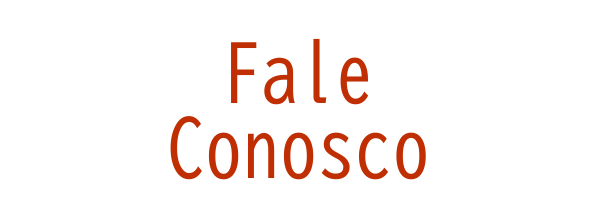Monoclonal antibodies raised against Guillain-Barré syndrome-associated Campylobacter jejuni lipopolysaccharides react with neuronal gangliosides and paralyze muscle-nerve preparations.
Autor(es): Goodyear C. S.; O'Hanlon G. M.; Plomp J. J.; Wagner E. R.; Morrison I.; Veitch J.; Cochrane L.; Bullens R. W.; Molenaar P. C.; Conner J.; Willison H. J.
Resumo: Guillain-Barré syndrome and its variant, Miller-Fisher syndrome, are acute, postinfectious, autoimmune neuropathies that frequently follow Campylobacter jejuni enteritis. The pathogenesis is believed to involve molecular mimicry between sialylated epitopes on C. jejuni LPSs and neural gangliosides. More than 90% of Miller-Fisher syndrome cases have serum anti-GQ1b and anti-GT1a ganglioside antibodies that may also react with other disialylated gangliosides including GD3 and GD1b. Structural studies on LPS from neuropathy-associated C. jejuni strains have revealed GT1a-like and GD3-like core oligosaccharides. To determine whether this structural mimicry results in pathogenic autoantibodies, we immunized mice with GT1a/GD3-like C. jejuni LPS and then cloned mAb's that reacted with both the immunizing LPS and GQ1b/GT1a/GD3 gangliosides. Immunohistology demonstrated antibody binding to ganglioside-rich sites including motor nerve terminals. In ex vivo electrophysiological studies of nerve terminal function, application of antibodies either ex vivo or in vivo via passive immunization induced massive quantal release of acetylcholine, followed by neurotransmission block. This effect was complement-dependent and associated with extensive deposits of IgM and C3c at nerve terminals. These data provide strong support for the molecular mimicry hypothesis as a mechanism for the induction of cross-reactive pathogenic anti-ganglioside/LPS antibodies in postinfectious neuropathies.
Imprenta: The Journal of Clinical Investigation, v. 104, n. 6, p. 697-708, 1999
Identificador do objeto digital: 10.1172/JCI6837
Descritores: Guillain-Barre Syndrome - Cell ; Guillain-Barre Syndrome - Pathogenesis ; Guillain-Barre Syndrome - Proteins ; Guillain-Barre Syndrome - Antibodies ; Guillain-Barre Syndrome - Immunology ; Guillain-Barre Syndrome - Public health
Data de publicação: 1999








